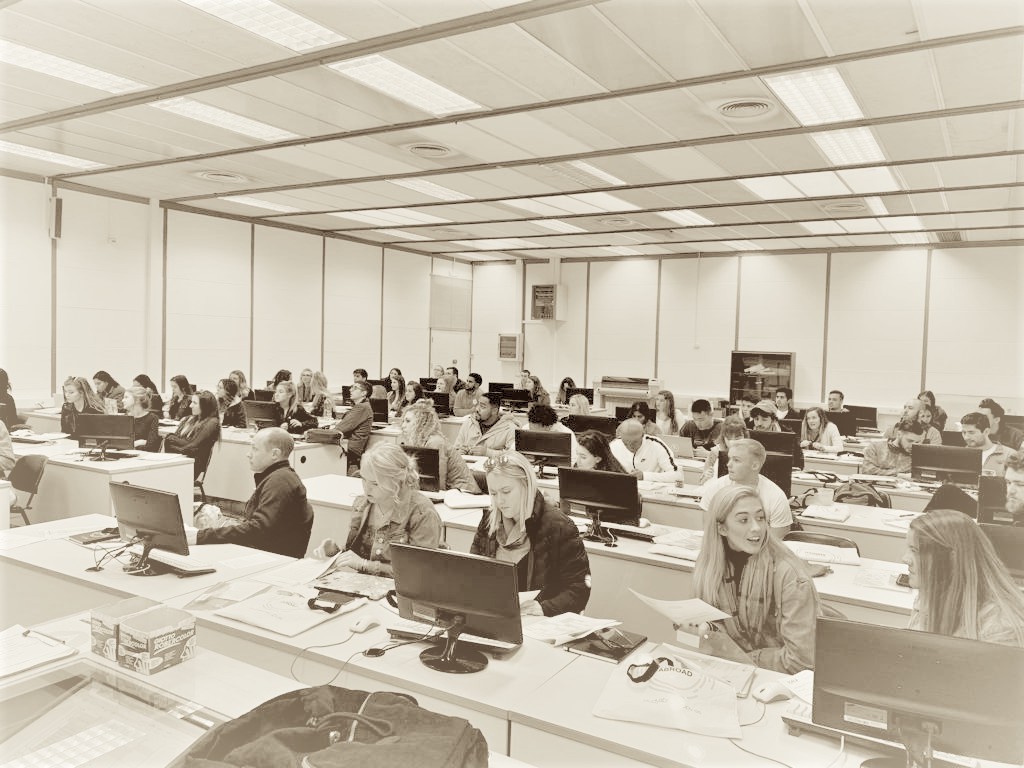
|
|

• Attendance
• Assessments
• Sexual Harassment Policy
• Students With Disabilities
• Academic Honesty Policy
• University Ombudsman
• Statement On Audio And Video Recording
• Syllabus Change Policy
Statics
3 Credits | 200 Level | Contact hours
ENGR241: Vector Mechanics for Engineers: Statics, 10th ed., 2013; Beer, Johnson & Mazurek, McGraw-Hill, ISBN: 978-0077402280.
MAE2300: R.C. Hibbeler, “Engineering Mechanics: Statics, 14th Ed”, Pearson
The engineering of humanity’s superstructure marvels all started with the basic statics of equilibrium (Newton’s First Law). This introductory course on statics (required of most engineering and architecture programs) includes topics of force decomposition, equilibrium of force systems, friction, centroids, moments of inertia, cables, beams, fluid statics, and work.
- Mechanics. Newton's Laws. Intro to Vectors.
- 2D Systems of Forces, Force Equilibrium and FBDs.
- Moments: physical and vector.
- Moment Equilibrium , Modeling, and more FBDs.
- Centroids: Definition and Simple Shapes, Centroids of Distributed Loads.
- Second Moment of Area and Polar Moments of Inertia.
- Trusses (Method of Joints).
- Trusses (Method of Sections).
- Analysis of frames and machines.
- Beams (Shear and Bending Moment Diagrams).
- Cables.
- Friction.
• Significant introduction to the formulation and solution of engineering problems.
• Effectively communicate legible problem solutions to be understood by engineers in and out of
their specific discipline.
• A thorough knowledge of the properties of forces, moments, couples, and resultants.
• Ability to apply concepts of forces/moments/couples/and resultants to the isolation of rigid
bodies and the solution of engineering problems involving equilibrium.
• Ability to analyze the effect of distributed force systems including the calculation of centroids
and moments of inertia.
• Ability to analyze the effect of dry friction in typical engineering problems.
|
